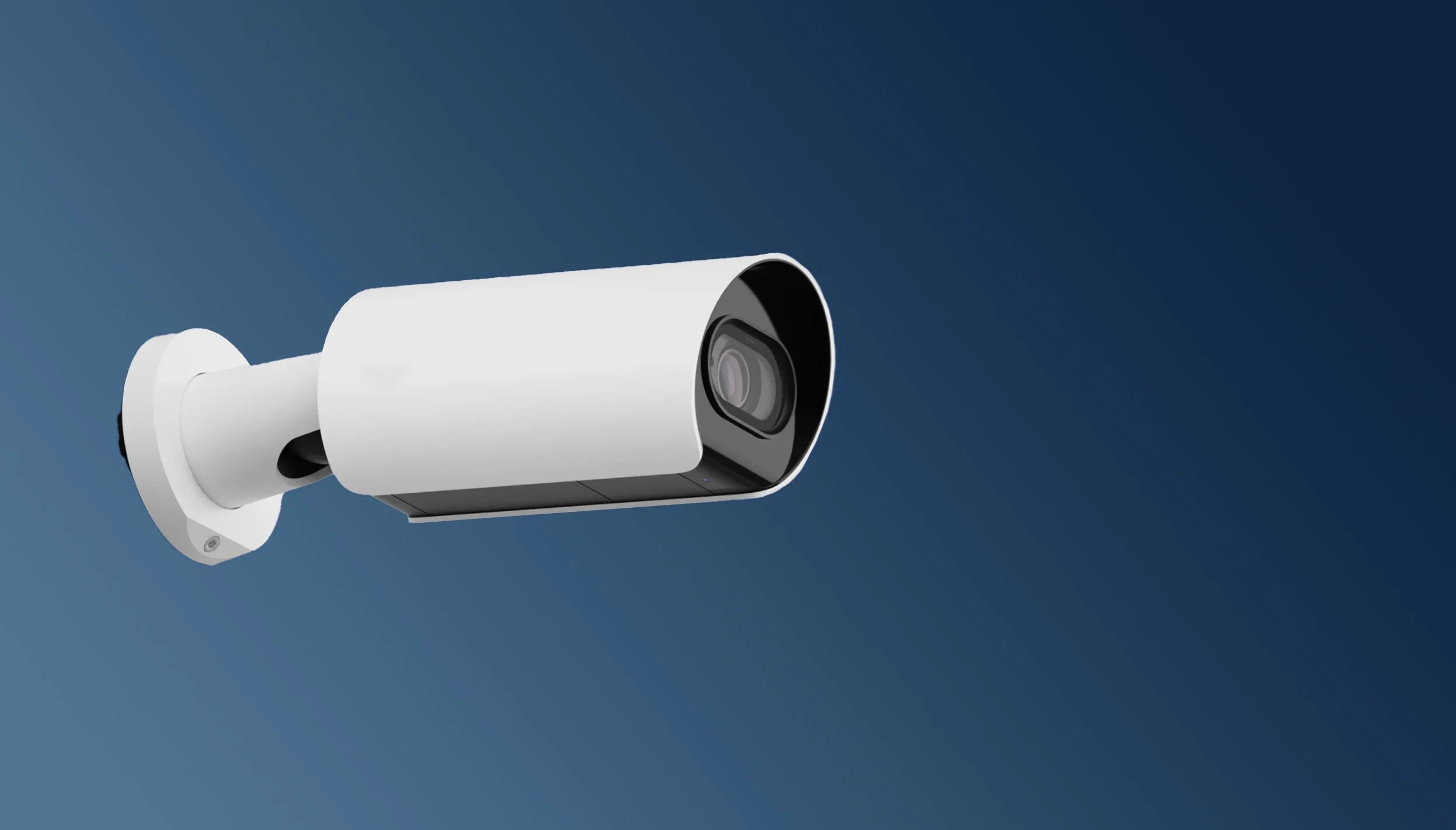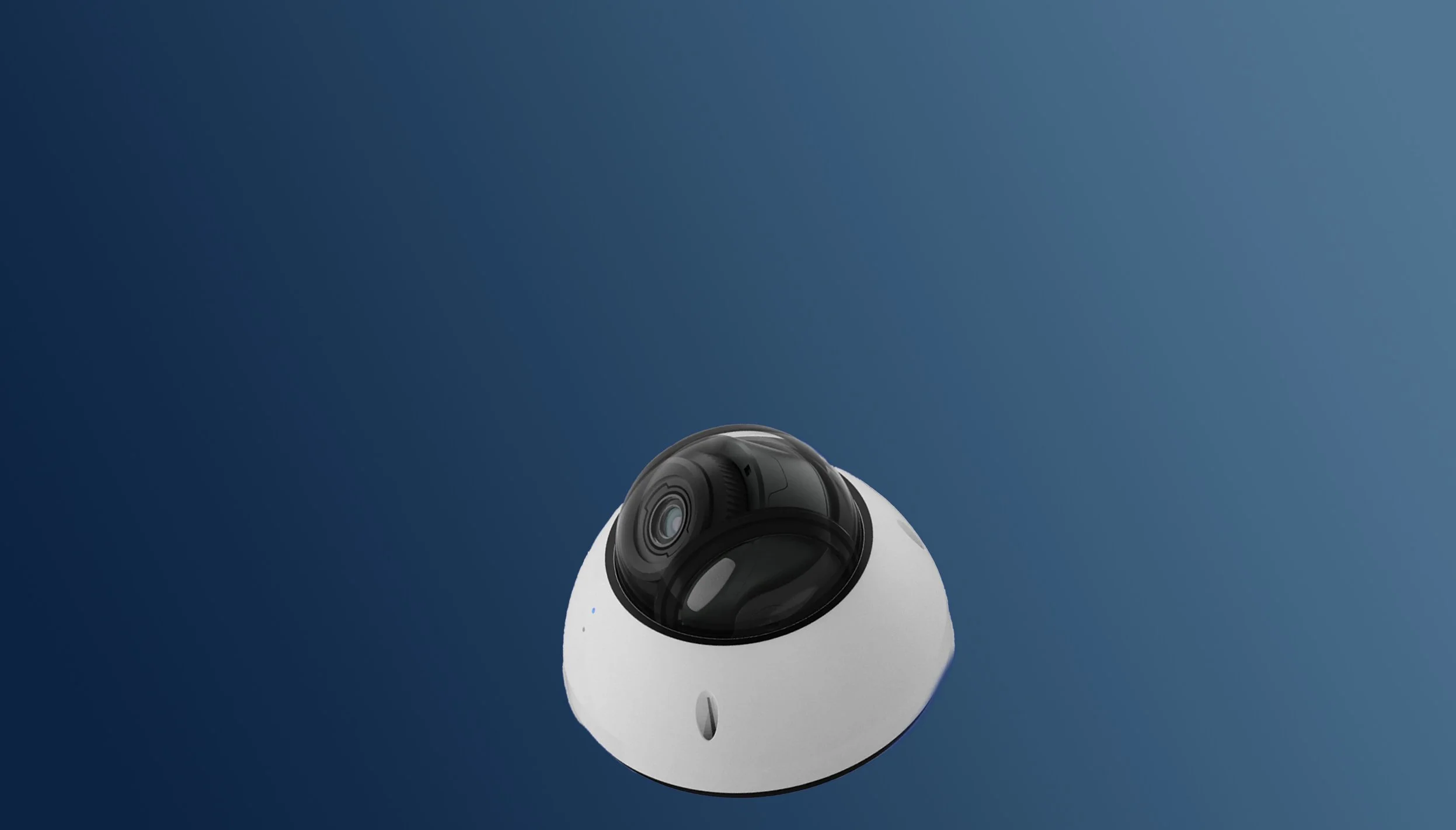
Protect Yourself
Use Jacent Security’s knowledge base to help you safeguard your home and business.
Jacent Security: Your Security Partner
Whether you operate a business in Long Island, New York City, or New Jersey, security cameras are an absolute necessity. At Jacent Security, we specialize in fortifying your business against theft, shielding you from unfounded insurance claims, and providing the means to monitor employee performance, enabling you to enhance your business's efficiency. In today's world, the absence of a comprehensive video surveillance system simply doesn't align with responsible business practices.
Here, you’ll find some basic information to help you become familiar with technology and options for your home and business security needs.
Video Surveillance
A staggering 82% of Americans express concerns about the safety of their property when they're not present. The solution to this worry is simple: live streaming video surveillance. The primary objectives of video surveillance are twofold. Firstly, it serves as a powerful deterrent against criminal activities. Secondly, it aids in identifying culprits after an incident has occurred. Our video surveillance systems are meticulously crafted to fulfill these vital roles.
Given the growing necessity of round-the-clock video surveillance for both homeowners and business proprietors, Jacent Security proudly offers cutting-edge video surveillance solutions to vigilantly watch over your property during your absence.
-
Did you know that homes lacking proper security face a fivefold higher risk of burglary? Our top-quality surveillance systems grant peace of mind, so you can enjoy your busy life while your family stays secure.
Remote Access
Stay in Control with Remote Access. Our remote access feature ensures you're in command of your video surveillance system, day or night, from anywhere. With just a laptop or smartphone, you'll stay informed with instant alerts whenever there's unexpected activity at home.
Adjustable Motion Detection
Our Motion Detection system is adjustable for enhanced security. When it comes to ensuring the safety of your home and its occupants, there's no substitute for the reliability of a video surveillance system. Our cutting-edge HD home video surveillance systems also provide adjustable motion detection, elevating your security level to protect you, your family, and your belongings around the clock.
-
The primary distinction between a digital video recorder (DVR) and a network video recorder (NVR) lies in their approach to handling raw video data. A DVR transforms analog footage into a digital format, whereas an NVR typically deals exclusively with digital footage. DVR systems handle data conversion at the recording device, whereas NVR systems encode and process data at the camera before transmitting it to the recording device for storage and remote access. Unless reconfigured, the DVR links to an analog CCTV system via a coaxial cable, whereas the NVR connects to an IP camera system using an Ethernet or WiFi connection.
-
Analog Cameras: DVR systems typically employ analog security cameras, commonly known as CCTV cameras. The primary reason for the generally lower pricing of DVR security systems compared to NVR systems lies in the choice of cameras. Analog cameras transmit analog signals to the recorder, which subsequently processes the video data. In contrast to NVR systems, most DVR cameras are less intricate and cost-effective.
Coaxial Cables: Analog cameras connect to the DVR via coaxial cables, capable of running up to 500 meters, although they may present certain limitations. Unlike PoE cables, coaxial cables do not provide power to the camera, necessitating the use of two types of cables - one for power and another for video transmission. Coaxial cables are bulkier and less flexible than Ethernet cables, which can pose installation challenges. Additionally, audio support is limited since standard coaxial cables cannot facilitate audio transmission.
AD Encoder: DVR recorders rely on AD encoders to process raw video data from the camera into viewable footage. Consequently, every camera within a DVR system must be connected to the recorder as well as a separate power source.
Audio Limitations: Standard coaxial cables do not inherently transmit audio signals; an additional RCA connection is required to enable audio transmission. DVR recorders also come with a fixed number of audio input ports, which restricts the number of cameras capable of recording sound.
-
IP Cameras: In NVR systems, IP cameras are employed, which possess the ability to process video data prior to transmitting it to the recording device. These IP cameras are generally more robust and can capture not only images but also audio. Their advanced hardware capabilities enable features such as license plate and facial recognition through intelligent video analytics.
Ethernet Cables: Unless they are wireless, IP cameras typically link to the recording device using Ethernet cables. These cables have a maximum reach of 100 meters but offer several advantages over coaxial cables. Some camera solutions may come equipped with Power over Ethernet (PoE) connections, streamlining the setup by requiring just one cable for power, video, and audio transmission. This eliminates the need for splitters commonly used in DVR systems. However, it's important to note that not all Ethernet-connected cameras support PoE. Many IP cameras still necessitate an Ethernet connection alongside a separate power source. Ethernet cables are known for their ease of setup, slim design, cost-effectiveness, and wider availability compared to coaxial cables.
Recorder: The NVR recorder is solely responsible for storing and displaying recorded footage. It does not process video data; this task is completed at the camera level before transmitting data to the recorder.
Audio Support: Ethernet cables inherently support audio transmission, allowing cameras equipped with microphones in an NVR system to record audio directly to the NVR.
Increased Storage Capacity: NVR camera systems can upload footage to cloud-based servers, benefitting from their internet connectivity. Unlike DVR systems, which rely on on-premise storage, NVR systems can accommodate larger storage capacities due to this cloud-based flexibility.
-
Fundamentally, both NVR (Network Video Recorder) and DVR (Digital Video Recorder) serve the purpose of recording video footage onto a hard drive. However, their distinctions stem from their respective architectures, setup processes, and compatibility with various camera systems. The optimal choice between the two ultimately hinges on your specific requirements. To assist you in making an informed decision, consider the following factors:
1. Existing Hardware: Assess the infrastructure you currently have in place, including your wiring setup. Are you willing to replace or upgrade it to accommodate the chosen recording system?
2. Technical Proficiency: Consider your level of comfort and expertise in configuring network devices, as this can play a significant role in the ease of setup and ongoing maintenance.
3. Maintenance Requirements: Evaluate how much ongoing maintenance each system necessitates to ensure smooth operation and reliability.
4. Accessibility: Determine who needs access to the recorded footage and whether remote access is a crucial requirement for your application.
By weighing these considerations, you can make an informed decision regarding whether an NVR or DVR aligns better with your specific needs and circumstances.
Another factor to consider is the potential inflexibility and scalability challenges associated with both systems. Some notable constraints include:
1. Requiring the opening or forwarding of ports for remote access, which exposes your system to security vulnerabilities.
2. Managing numerous hardware components, leading to unpredictable and potentially high total cost of ownership (TCO).
3. Incurring expenses for NVR updates, as software updates and licensing fees are not always included, and the process can be time-consuming when deployed across multiple locations.
4. Limited flexibility in adding or relocating cameras due to the restricted number of ports available on each recorder.
While DVR and NVR surveillance systems have their merits and are often considered more "traditional" solutions, evolving technology demands greater storage capacity, scalability, data security, user-friendliness, video analytics, and dependable remote access.
-
Wondering which security camera system is the ideal fit for your property? At Jacent Security, our experts are prepared to meet with you to delve into your unique requirements and preferences. In the interim, let's explore some fundamental distinctions between various camera options:
Dome Cameras: Crafted for durability and superior performance, dome cameras provide a discreet and rugged security solution. These cameras are designed to withstand vandalism, making them an ideal choice for high-traffic areas and outdoor installations. Additionally, their streamlined design ensures easy and inconspicuous setup, making them a versatile and effective surveillance option for various environments.
Bullet Cameras: Bullet Security Cameras are engineered to endure rugged conditions, and possess a visible and intimidating form that serves as a deterrent to potential threats. These cameras come equipped with a choice of wide or telephoto lenses, enabling them to offer a broad field of view while also zooming in on distant objects with precision. Bullet cameras excel at delivering crisp and detailed images, ensuring reliable performance in varying lighting conditions, whether it be bright daylight or dimly lit surroundings.
PTZ Cameras: Pan, tilt, and zoom (PTZ) cameras provide operators with exceptional control, enabling dynamic coverage of vast spaces and efficient monitoring of large areas. Beyond their versatility, PTZ cameras offer several key differentiators:
1. 360-Degree Coverage: PTZ cameras can rotate a full 360 degrees horizontally, providing comprehensive surveillance without the need for multiple fixed cameras.
2. Tilt Functionality: These cameras can tilt both upwards and downwards, ensuring a wide range of vertical coverage and the ability to capture details at different elevations.
3. Zoom Capability: PTZ cameras offer powerful optical zoom capabilities, allowing operators to magnify distant objects with clarity. Some models even feature advanced digital zoom for enhanced magnification.
4. Presets and Tours: Many PTZ cameras support preset positions and tours, enabling automated surveillance routines and quick navigation to specific areas of interest.
5. Motion Tracking: Some PTZ cameras are equipped with motion tracking technology, automatically following and zooming in on moving objects or individuals within their field of view.
6. Low-Light Performance: High-quality PTZ cameras often come with advanced low-light or infrared capabilities, ensuring clear imaging in various lighting conditions, including nighttime.
7. Remote Control: Operators can control PTZ cameras remotely, allowing them to respond to real-time events or adjust the camera's position and zoom as needed.
In summary, PTZ cameras not only offer flexible coverage but also a range of advanced features that make them a valuable asset for comprehensive and responsive surveillance.





